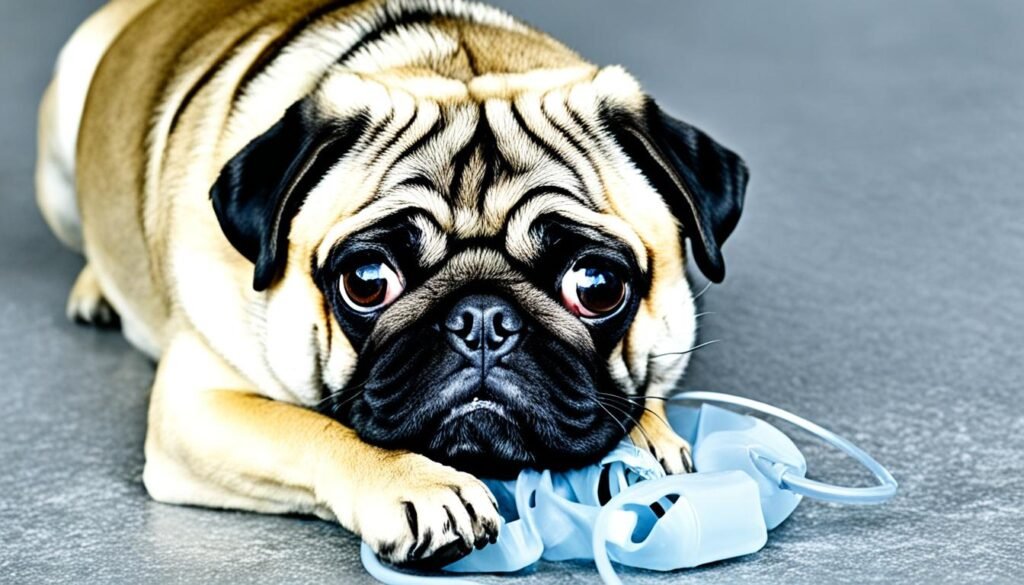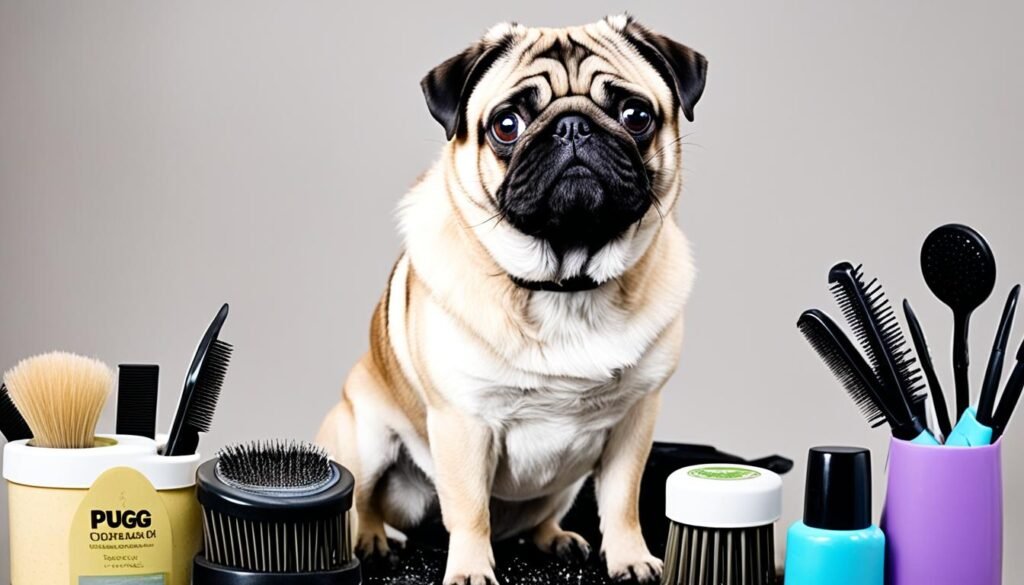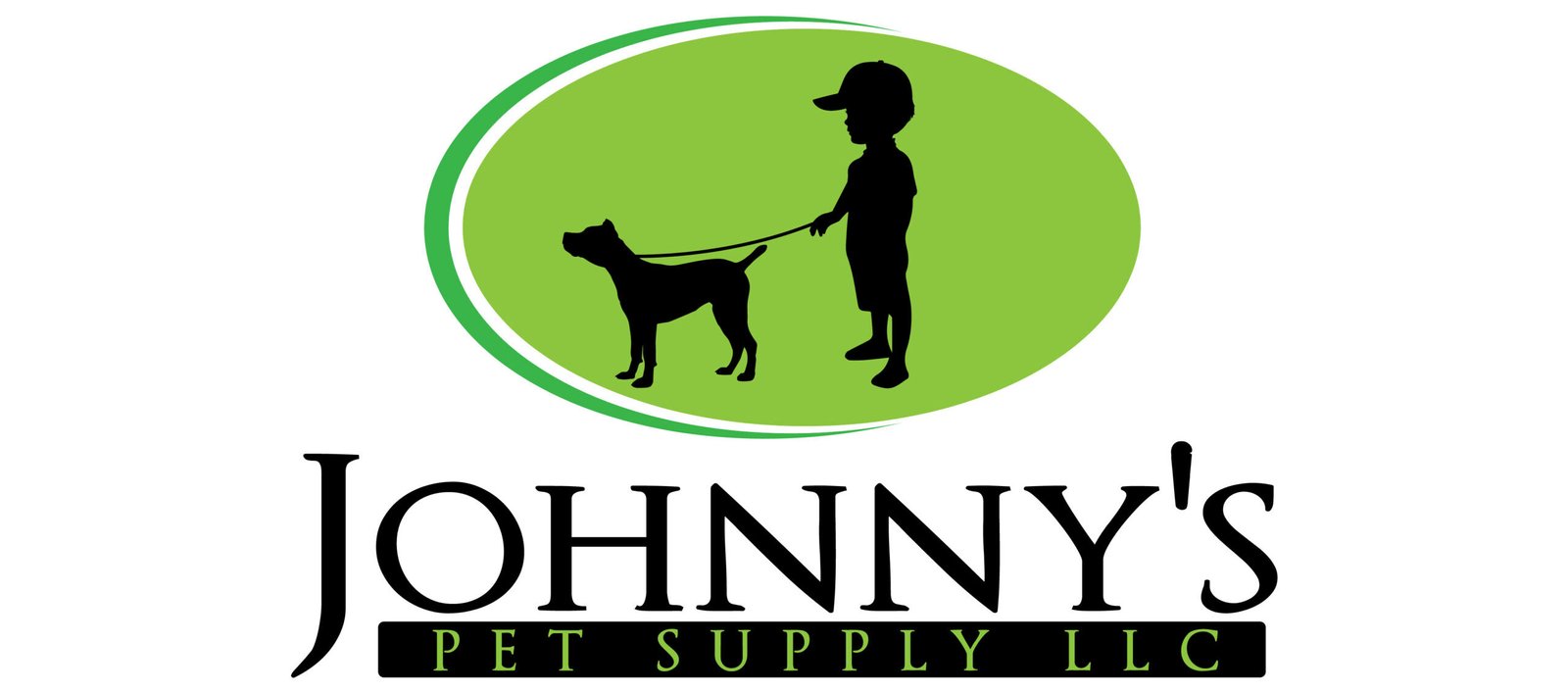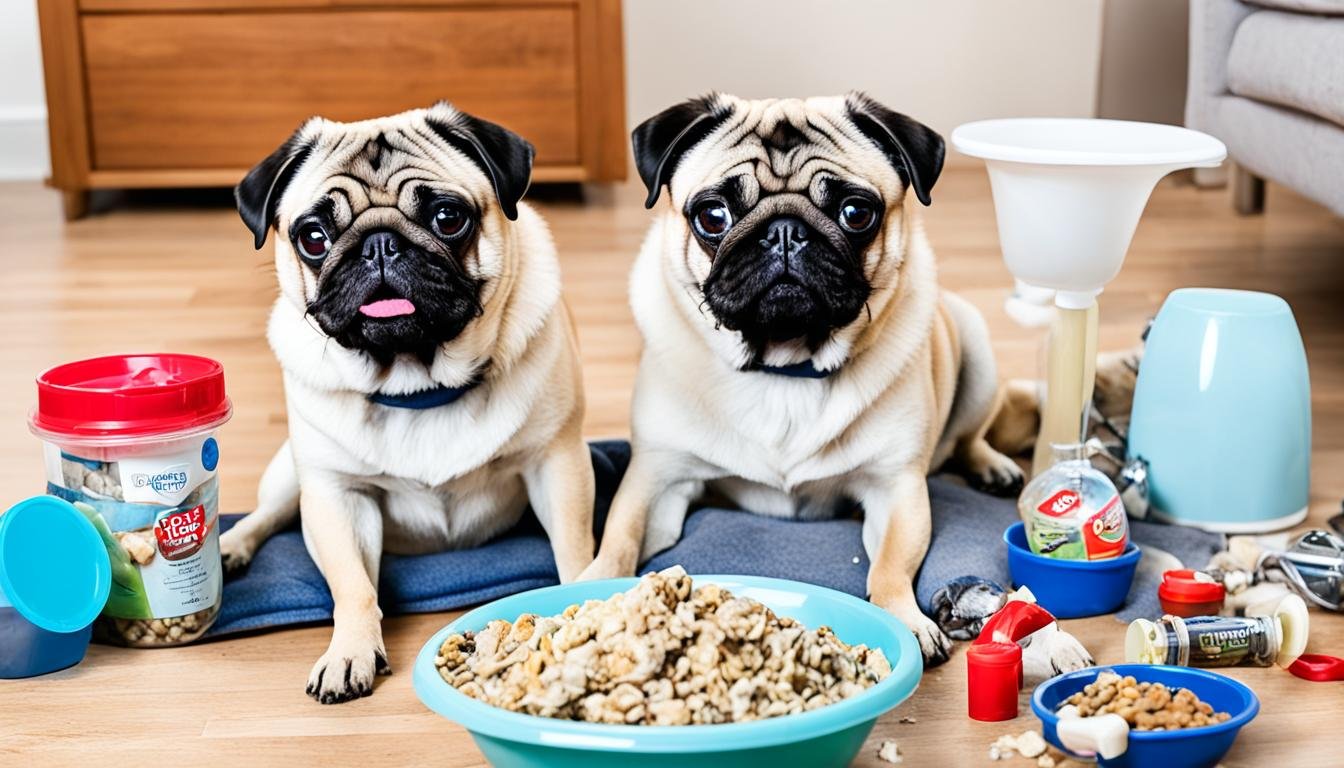The Biggest Mistakes People Make When Adopting Pugs
When adopting a pug, it is important to consider certain factors to ensure a successful and happy adoption process. Pugs may not be suitable for everyone due to some common pitfalls in pug ownership. Health issues, shedding, housetraining difficulties, clingy nature, low activity level, intolerance to high temperatures, and grooming requirements are some of the aspects that potential adopters should be aware of. Understanding these potential challenges can help you make an informed decision before bringing a pug into your home.
Health Issues and Veterinary Care for Pugs
Pugs are known for their adorable squished faces and playful personality, but it’s important to be aware of the potential health issues they may face. Due to their genetic makeup, pugs are more susceptible to certain health conditions compared to other breeds. This means that regular veterinary care is crucial to ensuring their well-being.

One of the most common health problems in pugs is their tendency to develop respiratory issues. Their short muzzle and compact skull structure can cause breathing difficulties, which may be exacerbated in extreme weather conditions. Regular check-ups with a veterinarian who understands the specific needs of pugs can help monitor and manage any respiratory concerns.
Pugs are also prone to eye problems, such as corneal ulcers and dry eye. Their prominent eyes are more exposed and susceptible to injury or irritation. Regular eye exams and proper eye care, including cleaning and moisturizing, are essential to maintain their ocular health.
Due to their stocky build, pugs are at a higher risk of developing joint issues, particularly hip dysplasia. This condition affects the hip joint, causing pain and difficulty in mobility. Consultation with a veterinarian can help implement preventative measures and provide appropriate care to manage any joint-related concerns.
Additionally, pugs are prone to obesity, which can lead to various health complications and worsen existing conditions. It’s crucial to maintain a balanced diet and provide regular exercise to prevent weight gain. Regular visits to the veterinarian can help monitor their weight and provide guidance on nutrition and exercise tailored to their needs.
Veterinary care for pugs involves routine vaccinations, dental hygiene, parasite prevention, and overall wellness examinations. These regular check-ups contribute to early detection of any potential health issues and can significantly improve their quality of life.
Before adopting a pug, it’s important to consider the potential health issues they may face and the financial commitments involved in providing proper veterinary care. With regular care and attention, pugs can lead happy, healthy lives.
Dealing with Shedding in Pugs
When it comes to pugs, one of the most common concerns for potential adopters is their shedding. Pugs are notorious for their excessive shedding, leaving behind a trail of hair all around the house. However, with the right strategies, managing pug hair can become much more manageable.
The first step in dealing with pug shedding is regular brushing. By brushing your pug’s coat at least once a day, you can help remove loose hair and prevent it from spreading all over your furniture and clothes. It is recommended to use a specialized brush designed for pugs, as it can help effectively remove loose hair without causing any discomfort to your furry friend.
In addition to regular brushing, establishing a routine grooming schedule is vital for managing pug shedding. This includes regular baths using suitable dog shampoos that are gentle on your pug’s skin. Bathing your pug every few weeks can help reduce excess shedding and keep their coat healthy and clean.
Regular Cleaning and Maintenance
To minimize the impact of shedding on your home, it’s essential to incorporate regular cleaning into your routine. Vacuuming and sweeping the floors frequently can help remove loose hair and prevent it from accumulating. Using lint rollers or sticky brushes on furniture and clothing can also be effective in managing pug hair.
If shedding is a major concern for you, it’s important to reconsider whether a pug is the right pet for you. Pugs are adorable and loving companions, but their shedding is a natural characteristic that may not be suitable for everyone. Understanding and accepting this aspect of pug ownership is crucial to ensure a harmonious living environment for both you and your pug.

Remember, managing pug hair is an ongoing task that requires consistency and patience. By incorporating regular brushing, grooming, and cleaning into your routine, you can keep your pug’s shedding under control, minimizing the impact it has on your home and belongings. With the right care and attention, you can enjoy the companionship of a pug without being overwhelmed by their shedding.
Housetraining Challenges with Pugs
Pugs may be small and adorable, but they can present unique challenges when it comes to housetraining. Their stubborn streak and small bladder capacity can make the process more difficult compared to other dog breeds. If you’re considering adopting a pug, it’s important to understand and prepare for the housetraining journey ahead.
Firstly, consistency is key when housetraining your pug. Establishing a routine and sticking to it will help your pug understand where and when they should eliminate. Take them outside to the designated bathroom area at regular intervals throughout the day, such as after meals, naps, and playtime. Remember to praise and reward your pug when they successfully relieve themselves outside, reinforcing positive behavior.
Patience is also imperative during the housetraining process. Pugs are known for their independent nature, which can sometimes translate to resistance when it comes to following commands. Accidents are bound to happen, so it’s important to remain calm and avoid punishment. Instead, redirect their attention to the appropriate spot to encourage future success.
In addition to consistency and patience, crate training can be a useful tool for housetraining your pug. Pugs are den animals by nature, so providing them with a crate can create a sense of security and help establish a designated area for elimination. However, it’s important to remember not to leave your pug in the crate for extended periods, as they thrive on human companionship and may become anxious or stressed.
Lastly, be vigilant and proactive in managing your pug’s housetraining. Supervise them closely when indoors, especially during the initial stages of housetraining. If you can’t directly supervise your pug, confine them to a small, puppy-proofed area to prevent accidents. Utilize training pads or outdoor cues to reinforce the desired elimination location.
Housetraining a pug requires time, effort, and consistency. By understanding their unique challenges and implementing effective training techniques, you can successfully overcome these housetraining hurdles and establish a clean and happy home environment for both you and your beloved pug.

Further Resources:
- American Kennel Club: Pug Breed Information
- American Kennel Club: House Training Your Puppy
- American Kennel Club: Housetraining a Pug
The Clingy Nature of Pugs
When it comes to canine companions, pugs undeniably have a reputation for being exceptionally clingy. Their affectionate and loyal nature often leads them to become attached to their owners, craving constant attention and companionship.
While some people find the clingy nature of pugs endearing, it’s important to consider whether this level of attachment aligns with your lifestyle and personal preferences. Pugs thrive when they are in close proximity to their humans and may experience separation anxiety when left alone for extended periods.
If you’re someone who enjoys having a shadow following your every move and desires a constant companion, then the pug’s clingy nature may be a perfect fit for you. However, if you value your personal space and independence or have a busy schedule that requires extended periods of absence, you may want to consider other dog breeds that are less prone to separation anxiety.
Coping with Pug Separation Anxiety
If you do decide to bring a pug into your life but anticipate periods of separation, it’s essential to understand how to help them cope with separation anxiety. Here are a few tips:
- Gradual Departures: Gradually increase the time you spend away from your pug to help them become more accustomed to being alone.
- Provide Comfort: Leave your pug with familiar scents, such as a recently worn t-shirt, or provide them with a special toy or blanket to help comfort them in your absence.
- Create a Safe Space: Designate a specific area in your home where your pug can retreat to feel secure when you’re not around, such as a cozy corner with their bed and toys.
- Engage in Exercise and Mental Stimulation: Prioritize regular exercise and mental stimulation to help alleviate anxiety symptoms and keep your pug occupied.
Remember, adopting a pug means embracing their clingy nature and providing the necessary support to manage their separation anxiety. By understanding their unique needs and offering love and care, you can build a strong bond and create a happy and fulfilling life together.
Low Activity Level in Pugs
When it comes to activity levels, Pugs are known for their laid-back nature. Unlike some other breeds, Pugs typically have a low energy level that may not match the expectations of highly active individuals. If you’re looking for a dog that can keep up with your active lifestyle or enjoy rigorous exercise routines, a Pug may not be the best choice.
Pugs tend to have short bursts of energy followed by long periods of rest. They are certainly playful and enjoy interactive games with their owners, but they do not require intense physical activity on a regular basis. Instead, Pugs are content to spend their time lounging around or snuggling up with their favorite humans.
While regular exercise is important for all dogs to maintain a healthy weight and overall well-being, Pugs have lower exercise needs compared to many other breeds. Short walks and gentle play sessions are usually sufficient to meet their activity requirements. Avoid engaging in strenuous activities, especially in hot weather, as Pugs are prone to respiratory issues due to their unique facial structure.
It’s important to consider your own lifestyle and activity preferences when choosing a pet. If you have a busy schedule or limited physical capabilities, a Pug’s low activity level may be a perfect fit. Their calm and easygoing nature makes them excellent companions for individuals who are looking for a more relaxed pet.
Remember, each dog is unique, and individual Pugs may have different activity levels. Some Pugs may be more energetic than others, but as a general rule, this breed is not known for its high exercise needs. If you are unsure if a Pug is the right match for your lifestyle, it’s always a good idea to consult with a reputable breeder or talk to experienced Pug owners to gain more insight into their activity expectations.
Pug Care Requirements and Considerations
When it comes to pug care, there are a few important factors to keep in mind. One of the most crucial aspects is grooming. Regular grooming sessions are essential for pug owners to minimize shedding and maintain their pet’s hygiene. This includes Pug Grooming through regular brushing to keep their coat in good condition and reduce unwanted hair around the house. Additionally, cleaning the facial folds is necessary to prevent skin infections and keep their adorable wrinkles clean and dry.
Proper Pug Care also involves maintaining their overall health. Trimming their nails is important to prevent discomfort or potential paw injuries. Regular veterinary check-ups, vaccinations, and preventive treatments for fleas and ticks should be scheduled to ensure your pug’s well-being. Another consideration is draining their anal sacs, which should be done by a professional groomer or veterinarian to avoid any complications.
It is important to recognize that pugs are not well-suited for hot climates. The Pug Maintenance aspect includes being mindful of their sensitivity to high temperatures and humidity. Providing a cool indoor environment and adequate air conditioning is crucial to prevent heat-related health issues.
By understanding and addressing these Pug Care requirements and considerations, you can provide your pug with a comfortable and healthy life. Remember, investing time and effort in grooming and creating a suitable environment for your pug will significantly contribute to their happiness and well-being.

